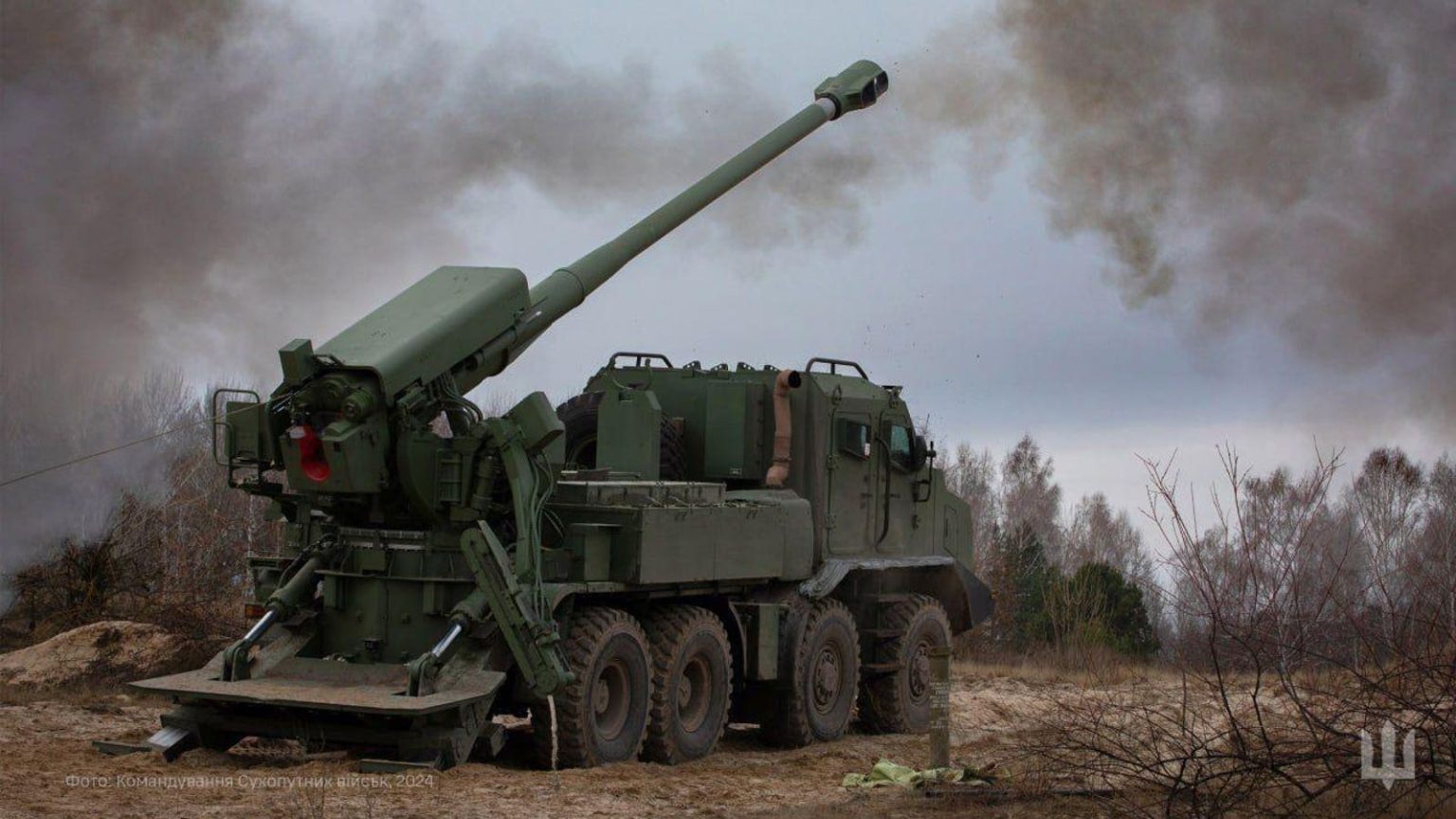In early April, Ukrainian forces were in crisis. The U.S. Congress still hadn’t approved $61 billion in long-stalled funding for the Ukrainian war effort. Likewise, an urgent mobilization law—meant to raise tens of thousands of new troops for the Ukrainian armed forces—had stalled in Kyiv.
Understaffed and starved of ammunition they used to get from the United States, Ukrainian brigades were at their weakest. And the Kremlin knew it. At several points along the 600-mile front line of Russia’s 27-month wider war on Ukraine, the Russians attacked.
A month later, American aid to Ukraine is flowing again. The mobilization law is in effect, fresh Ukrainian troops are undergoing training and new brigades are forming.
Ukraine’s fortunes are improving. Nowhere is this more evident than in Chasiv Yar, the industrial town west of Bakhmut in eastern Ukraine that’s the main objective of the Russian offensive in the area.
In the early days of the Russian attack, Russian armored units were steadily advancing north and south of Chasiv Yar while Russian infantry probed the town’s most vulnerable district—its canal district, which lies on the exposed far side of the canal that threads north to south along the eastern edge of Chasiv Yar.
At the time, Ukrainian defenses in Chasiv Yar were thin—and getting thinner. In mid-April, the defense ministry in Kyiv dissolved the Ukrainian army brigade defending the canal district, the 67th Mechanized Brigade, after an official investigation confirmed allegations of deep incompetence in the brigade’s command staff.
Elements of the Ukrainian army’s 56th and 41st Mechanized Brigades and 5th Assault Brigade scrambled to fill the gap in the defensive line left by the dissolution of the 67th Mechanized Brigade. Kyiv rushed more drones to Chasiv Yar.
But in the meantime, Russian Sukhoi Su-25 attack jets roamed directly over the front line, firing rockets at Ukrainian troops who had run out of air-defense missiles. Russian paratroopers advanced north and south of Chasiv Yar, threatening to surround the town’s garrison.
The race was on—between Russian forces trying to capture Chasiv Yar and Ukrainian and allied logisticians rushing American-supplied ammunition to the embattled town.
The good news, for friends of a free Ukraine, is that the Ukrainians seem to have won the race. The garrison in Chasiv Yar is now flush with ammo, apparently—and wreaking havoc on Russian assault groups.
On Friday, a battalion of around 20 Russian armored vehicles emerged from Bakhmut and rolled toward Chasiv Yar. As recently as a few weeks ago, a Russian assault group might’ve traveled much of the three-mile distance from Bakhmut to Chasiv Yar relatively unmolested by Ukrainian attacks.
With precious few anti-tank missiles and artillery shells, the Ukrainians relied on first-person-view drones to bombard the Russians. But those two-pound drones range just two miles or so, and pack just a pound of explosives—too little to pierce the layers of do-it-yourself armor the Russians have been adding to their vehicles.
By mid-May, the Ukrainians were much better-armed. So when that assault group tried to cross miles of open fields on Friday, it got hit the whole way—with 100-pound shells, 50-pound missiles and two-pound drones. The few Russians who reached the canal district didn’t last long.
“Despite rapid successes in the initial weeks of the assault against Chasiv Yar, including reaching the canal and, in some instances, crossing it with small groups, the Russians have ultimately failed to establish a foothold on the other side and advance further,” Ukrainian analysis group Frontelligence Insight reported on Friday.
The garrison in Chasiv Yar isn’t the only one benefiting from the influx of ammunition. “For the first time during the war, none of the brigades complained that there were no artillery shells,” Ukrainian president Volodymyr Zelensky claimed on Thursday.
Zelensky might be overstating the abundance of ammo. But it’s evident that, when the Russians attacked Chasiv Yar on Friday, the Ukrainians had plenty of firepower to hurl at them.
Sources:
1. Frontelligence Insight: https://frontelligence.substack.com/p/frontlines-situation-report-may-17th
2. Kyiv Independent: https://kyivindependent.com/zelensky-progress-made-on-artillery-shortage/
3. Kraken drone group: https://x.com/Osinttechnical/status/1791892152953282734
Read the full article here





